Foe, Husband replaced by AI replica in dystopian drama
Irish stars Paul Mescal and Saoirse Ronan are a married couple confronting a terrifying prospect in Australian Garth Davis’s Foe.
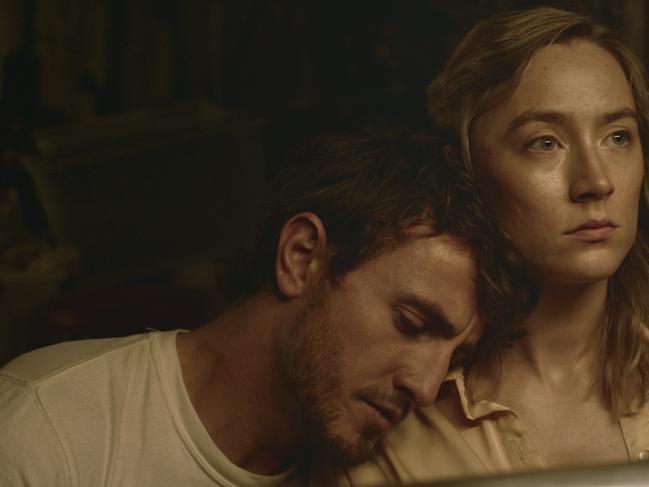
Foe (M)
In cinemas
★★★
After directing eight episodes of Top of the Lake, Australian Garth Davis scored an international triumph with his first feature, Lion (2016), a deeply affecting film in which an Indian boy, separated from his family and adopted by an Australian couple, grows up to track down his real mother.
Winner of numerous awards and nominated for Oscars, the film was a notable debut, but the biographical drama Mary Magdalene (2018), which followed, was disappointing. Now comes Davis’s third feature, the oddly titled Foe, a dystopian drama set in a bleakly challenged 2065, in which a couple eking out a living in a 200-year-old mid-western town surrounded by a devastated landscape (filmed somewhere in Australia) face a challenging situation. An opening title explains that “fresh water and habitable land are precious commodities; cities are overpopulated and rural areas abandoned; new settlements are planned for outer space”.
Married for seven years, Junior (Paul Mescal), who inherited the farm from his family, and Hen, short for Henrietta (Saoirse Ronan) struggle to survive, but right from the start questions are raised. The couple appear to be the only people living in the ruined area, yet there must be a town nearby, though we never see it. Junior works in a chicken factory and Hen in a diner, and they seem to have no shortage of food and especially wine, which is consumed in large quantities.
One day the couple receive a visitor, Terrence (Aaron Pierre), a likeable government man who drops a bombshell.
Junior has been conscripted to be sent, in two years’ time, to a facility in outer space for two years.
A year later Terrence returns and moves in with the couple to prepare them for Junior’s departure. Terrence explains that Junior will be replaced by an AI replica, with all of Junior’s thoughts and emotions, to keep Hen company.
At this point the drama, which has centred on the challenges of the marriage rather than the climatic disaster, becomes murky. Almost all the film is set in the gloomy house, photographed in very low-key lighting by Hungarian cinematographer Matyas Erdely, whose work includes the wrenching Oscar-winning 2015 drama Son of Saul from director Laszlo Nemes.
The actors are extremely good (both the leads are Irish, by the way), with Pierre charming as the intruder whose agenda is never made clear.
Overall, the film must be counted as a disappointment, though there are interesting elements to this futuristic drama.
The Dive (M)
In cinemas
★★★
Strikingly photographed and acted with steely yet emotional conviction, the German-American production The Dive is one of those dramatic two-handers that audiences will either respond to or reject based on its claustrophobic undersea environment.
Those with knowledge of German films may come to think of it as an English-language, waterborne Run Lola Run, and they wouldn’t be too far off.
Traumatised yet loving sisters May (Louisa Krause, seen in many recent TV shows including Barry) and Drew (British-born Australian actress Sophie Lowe, superb in director Rachel Ward’s Beautiful Kate) are off on their yearly scuba-diving adventure.
Driving up to a stunning cliffside with a view of the ocean (the movie was shot on the Maltese coast), they drag their gear and oxygen tanks down to the shore and prepare to explore the depths.
They’re soon in way over their heads, as an unexpected rockslide traps May by her legs and Drew must beat the clock to find help on the remote surface and provide her sister with the extra heavy oxygen tanks stowed in their car.
Berlin-born director Maximilian Erlenwein clearly knows what he’s doing, and director of photography Frank Griebe, who actually shot director Tom Tykwer’s excellent Run Lola Run, creates an oppressive, undersea labyrinthine environment that emphasises the scale of the task.
Yet it’s that very complication that may frustrate the viewer; sometimes it seems as if there is a direct route from May’s predicament to the surface while at other narrative junctures we see a complicated maze of hazardous tunnels.
Flashbacks while in the water to the often harsh treatment of the girls by their overbearing father are more intrusive than informative. In the end, The Dive is an admirable niche film for a limited audience.
It would make a great double feature with Run Lola Run.
Brand Bollywood Downunder (M)
In cinemas
★★★
I confess I’ve never “got” Bollywood films; the simple plots, the overacting, the songs. For me, only the dancing works at all – but what spectacular dancing it always is. Writer-co-producer-director Anupam Sharma’s Brand Bollywood Downunder explores the links between the Indian film industry and Australia, and the ups and downs of the relationship. It begins with a useful potted history of Indian cinema going back to the silent days before celebrating uncritically the bulk of Hindi-based Bollywood cinema.
Time and again the interviewees – critics, historians, producers, directors and actors – stress the entertainment values of this kind of cinema: “we simply entertain, we don’t educate or enlighten you” or “thinking leads to depression” or “we don’t sell misery”. In other words, it’s mostly frippery without substance.
Among numerous lengthy song and dance scenes there’s the briefest clip from groundbreaking director Satyajit Ray’s landmark 1955 Bengali-language Pather Panchali but Ray is never mentioned by name, nor are other great Indian directors such as Shyam Benegal, Mrinal Sen or Mira Nair.
Former SA Premier Mike Rann is seen appearing in a cameo role in Love Story 2050 (2008), which was made in Adelaide, and former Victorian Premier Ted Baillieu also states the case for supporting the making of Indian films here, not least for their tourism value. Brand Bollywood Downunder is worth watching at the very least for its historical context.


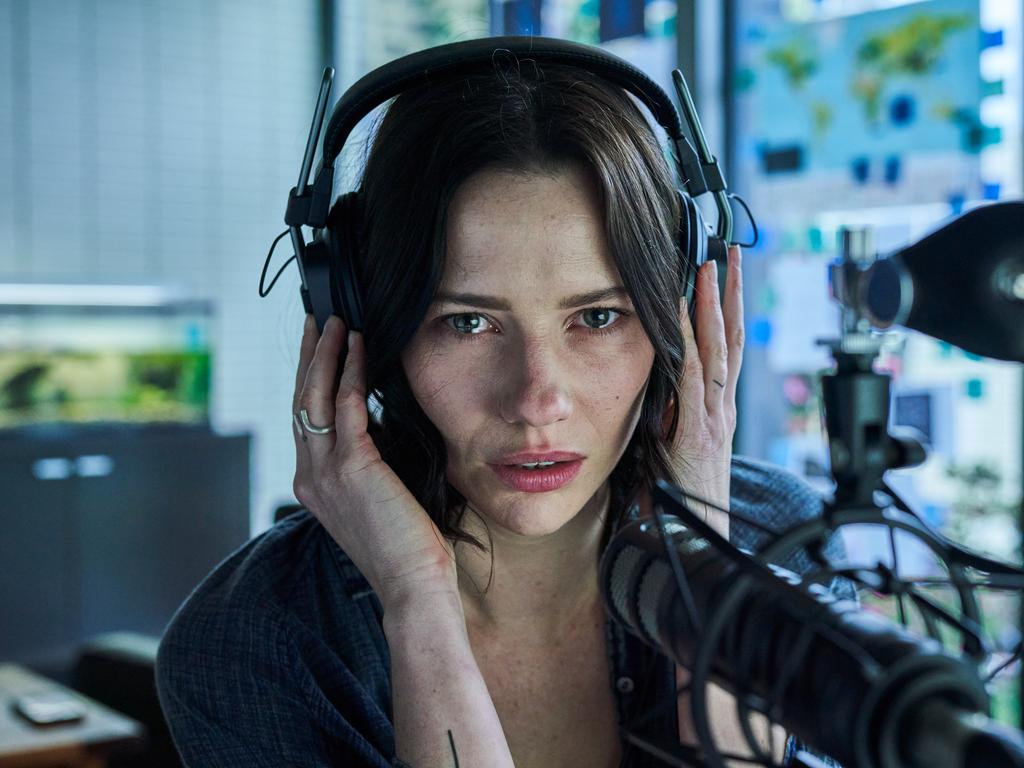
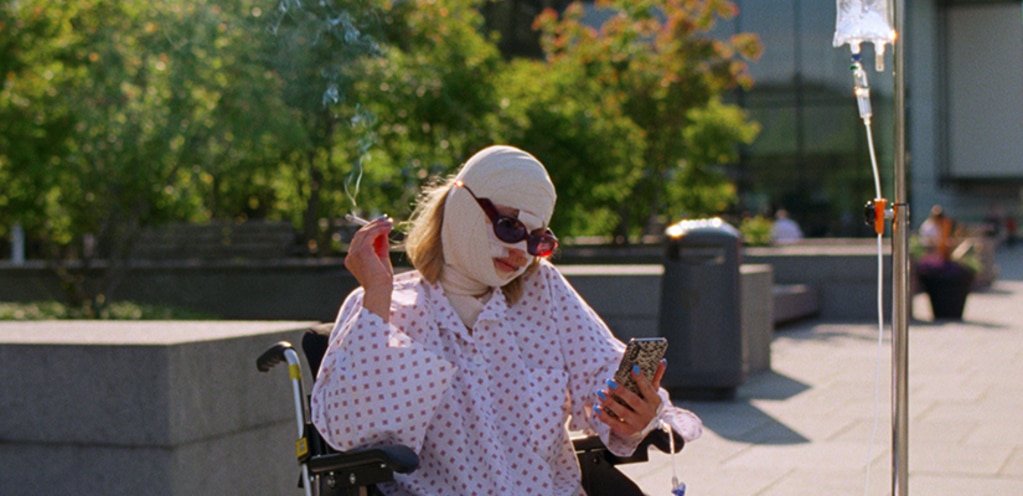
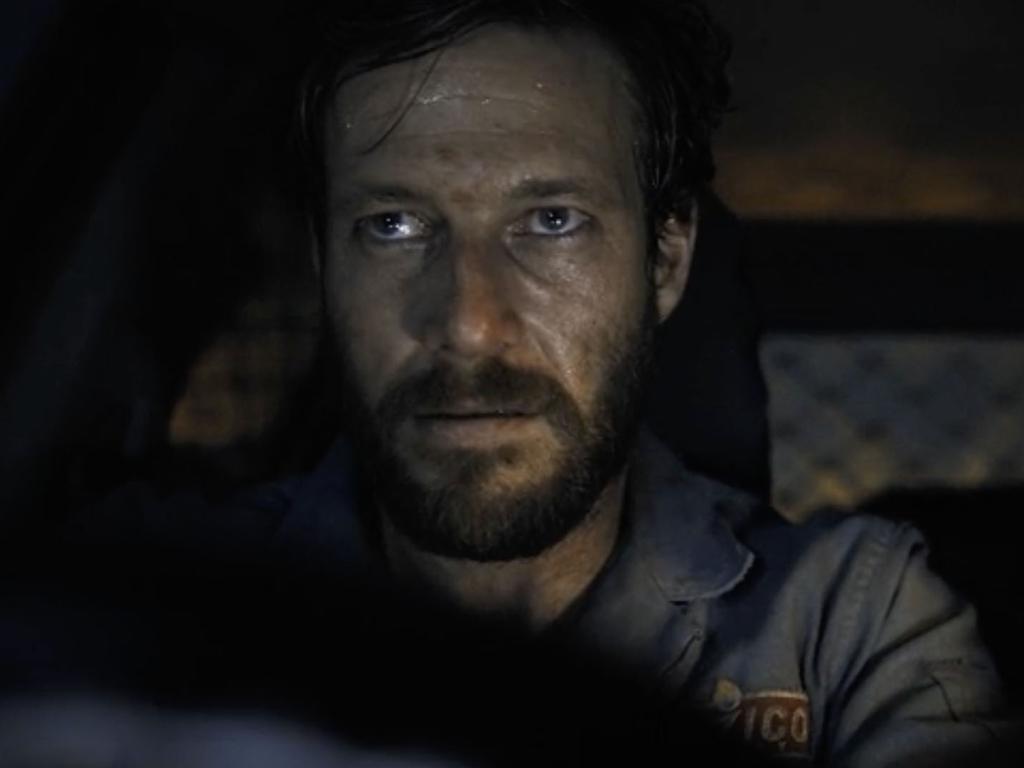
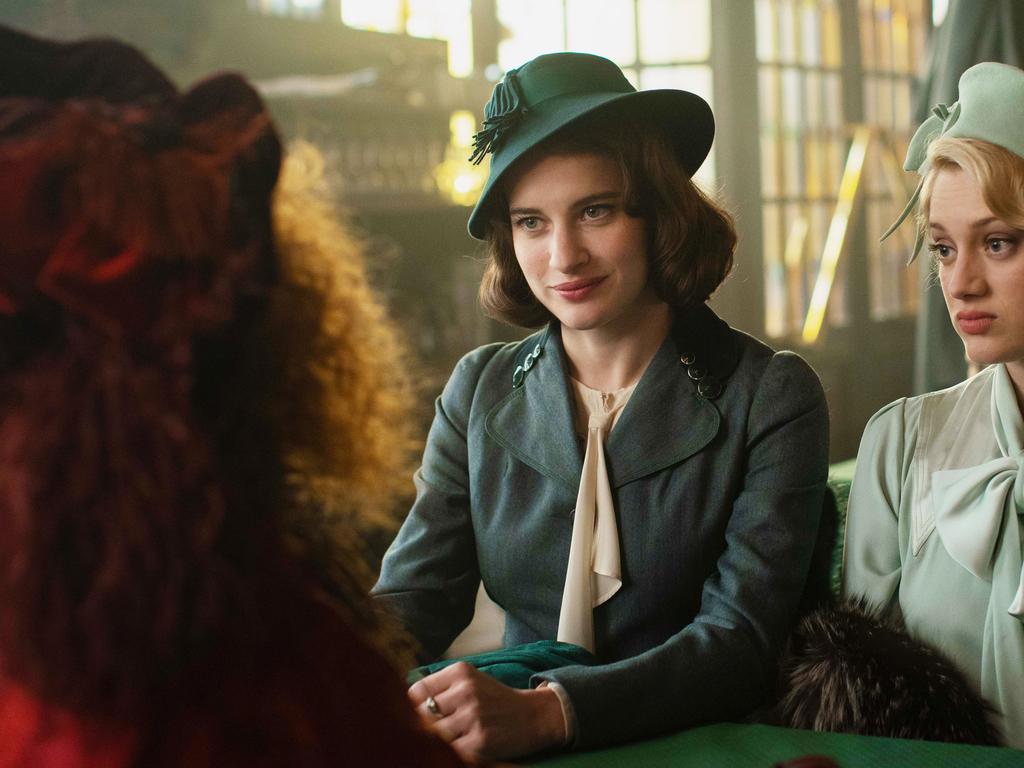
To join the conversation, please log in. Don't have an account? Register
Join the conversation, you are commenting as Logout